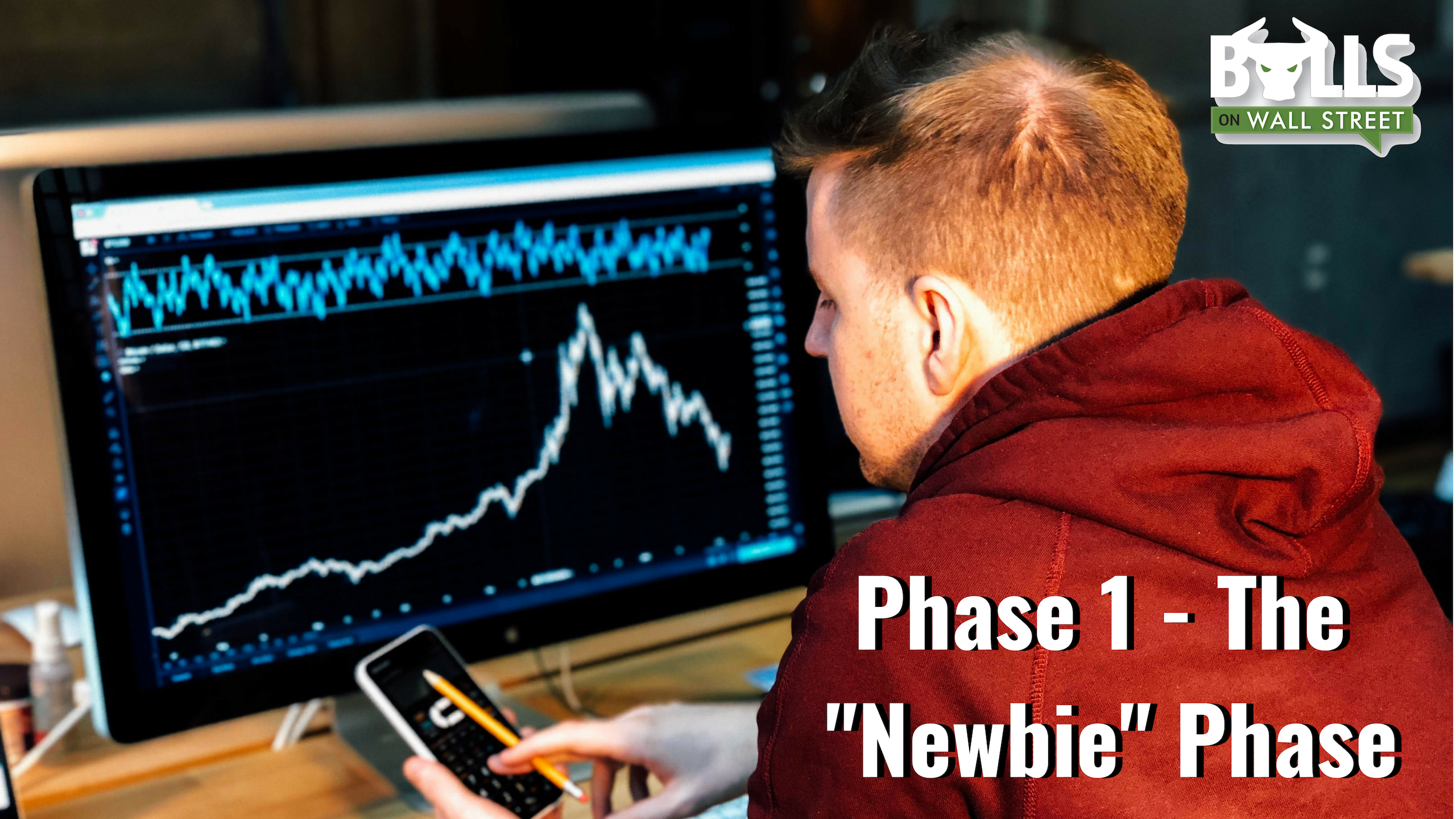Every single trader in their career at one point was a newbie. Every master was once a beginner. Even people who studied finance in their undergraduate education do not have much of a headstart over others. Trading is one of the most rewarding professions in the world, but it is also one of the most difficult.
It is one of the few professions where you are completely your own boss, and you have no limit on your earning potential. You can work anymore in the world where there’s wifi, and your trading journey will turn you into an elite entrepreneur that will allow you to succeed in other areas of your life.
Today we are going to talk about the first phase in the trading journey: The newbie phase. Many of you reading this will relate to this. We will tell you what you need to do to get to the next level, and what is the best way to get started to learn how to trade:
Learning the Basics
The stock market is like learning a different language. All the terminology makes no sense when you’re new. All of the charts and trading tools are intimidating, and it is quite common to feel overwhelmed. The time you spend studying the stock market is potentially some of the best time investment you will make in your whole life. Unlike with most university courses, the time you spend studying trading is directly related to making you money in the future.
The time you spend learning to trade stocks has the potential to make you hundreds of thousands or millions of dollars throughout your lifetime. The first step to becoming a trader is learning the terminology. To get started with learning the terminology and tools, check out our Free Trader Handbook here.
Finding Your Style
Once you learn, the basic terminology of trading, it is time to find your style. Which trading style you choose depends on your personality and the time commitment. There are three main styles of trading: Long term investing, swing trading, and day trading.
Long term investing is the most common style of investing in the world. It is low risk and minimum time commitment, but it is also the lowest reward. You will be lucky to make more than 5% a year on your investment with this style. We prefer momentum styles of trading because they offer the potential for huge percentage returns in just hours or days. This allows for the potential of exponential wealth growth in a short period of time.
Momentum Trading Styles: Day Trading vs Swing Trading
Day trading is a style best suited to those who are great at making quick decisions and have the time in the weekday mornings to watch the stock market closely for opportunities. This style of trading can give you huge percentage returns in a short period of time, if you know how to find the best stocks to trade and manage your risk, you can potentially make 5%,10%, and sometimes even bigger returns in just a few minutes or hours.
Swing trading is best suited to those that have a demanding full-time job, who are unable to sit in front of a computer for multiple hours a day. Swing trading is best for part-time traders, and it still allows you to capture big percentage returns. The gains are smaller than day trading since you are holding and selling less volatile stocks after a few days or weeks. But it is a smaller time commitment, and if done correctly, can still yield huge percentage returns.
Once you choose your style, you will know what educational material to choose and focus on. You need to figure out early on if you will be a day trader or a swing trader. The Newbie phase can last anywhere from 1-3 months, depending on much time you dedicate to studying. Once you reach this point, you are ready to move on to the educational phase.
The educational phase is the next phase when you start to learn about trading patterns, risk management, and everything else that directly relates to actually making money from trading stocks. Stay tuned for tomorrow’s blog post where we will break down the educational phase for you.
Free Trading Webinar
Over the next 4 days, we will do an article about each of the phases so you will know exactly what to expect during your trading journey. At the end of the series, we will do a free webinar showing you exactly how to get past whatever phase you are stuck on.
Sign up for the free webinar here.


